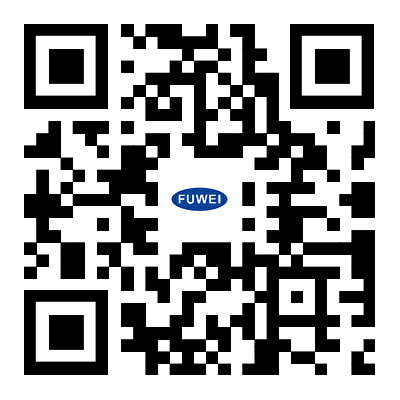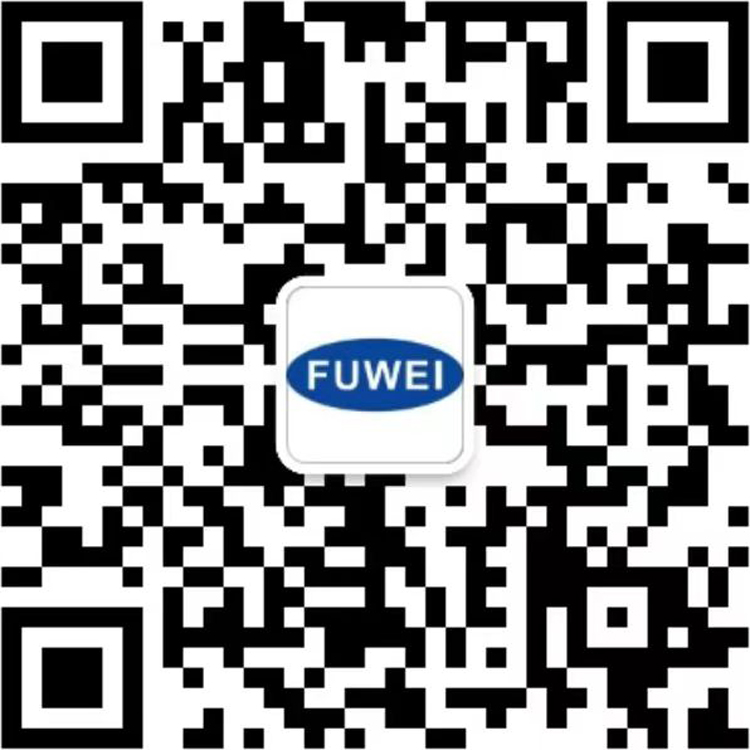QR Code

About Us
Products
Contact Us

Phone

E-mail

In today's rapidly changing manufacturing era, production line automation has become a key way to improve production efficiency, ensure product quality, and reduce labor costs. Among them, visual loading and unloading technology, as a shining pearl in the field of automation, is leading a new round of innovation in production line automation with its unique precision and efficiency.
The rise of visual cutting technology
Visual loading and unloading technology, as the name suggests, is the process of identifying, locating, and operating workpieces through advanced machine vision systems to achieve automated loading and unloading. This technology integrates advanced technologies from multiple fields such as computer vision, image processing, and mechanical control, enabling robots to "see" workpieces like humans and perform precise operations according to preset programs.
With the continuous development of artificial intelligence and deep learning technology, the recognition ability and processing speed of visual loading and unloading systems have made a qualitative leap. Whether it is workpieces with complex shapes and varied colors, or dynamic targets in high-speed motion, they can be accurately captured and quickly responded to by the system, greatly improving the flexibility and adaptability of the production line.
Precision application: Improve production accuracy and quality
On the production line, the precise application of visual cutting technology is first reflected in the high-precision recognition and positioning of workpieces. Through high-definition cameras and advanced image processing algorithms, the system can capture real-time feature information such as the shape, size, color, etc. of the workpiece, and compare it with the preset model to ensure that each workpiece is accurately placed in the designated position. This high-precision operation not only reduces errors caused by human factors, but also greatly improves the quality and consistency of the product.
In addition, visual loading and unloading technology can also achieve intelligent sorting and classification of workpieces. The system can automatically classify workpieces into different production processes or storage areas based on their characteristic information, further improving the automation and efficiency of the production line.
Efficiency leap: Accelerating production processes and reducing costs
The introduction of visual cutting technology undoubtedly brings a qualitative leap in the efficiency of production lines. Firstly, automated loading and unloading reduces manual intervention, lowers labor intensity, and also avoids production stagnation and accident risks caused by human fatigue or negligence. Secondly, the efficient operation of the system has significantly improved the overall speed of the production line, resulting in a significant increase in output per unit time.
More importantly, the application of visual loading and unloading technology also helps to reduce production costs. On the one hand, automated production reduces reliance on skilled workers and lowers labor costs; On the other hand, by improving production efficiency and product quality, the scrap rate and rework rate have been reduced, further lowering production costs.




Copyright © 2024 Guangzhou Fuwei Electronic Technology Co., Ltd. All Rights Reserved.
Links | Sitemap | RSS | XML | Privacy Policy |

